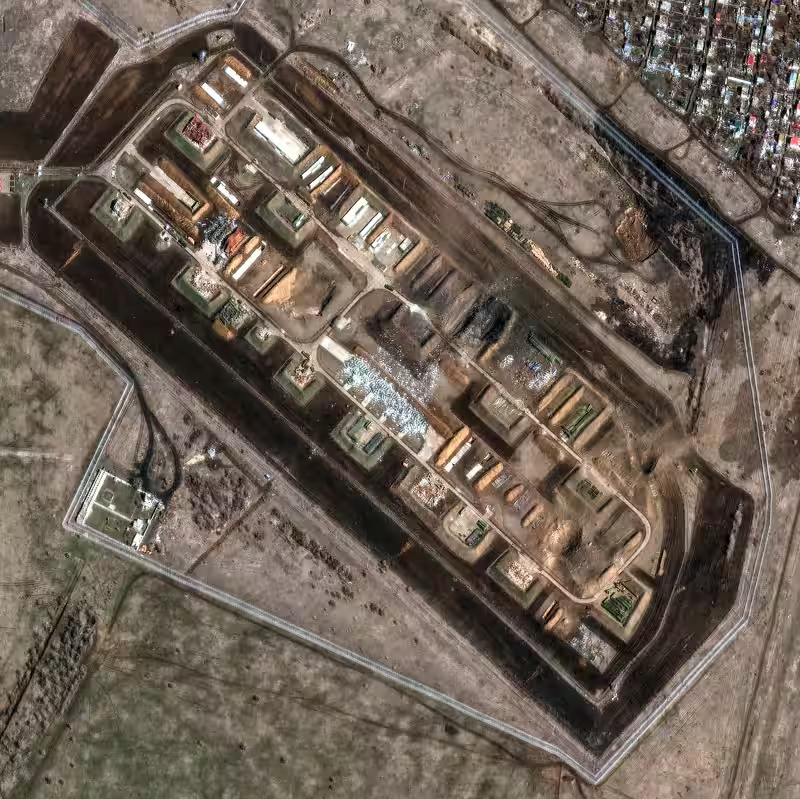As the war in Ukraine grinds into its fourth year with little movement on the front lines, Kyiv is placing a bold bet: that striking deep inside Russia with missiles and drones will finally push the Kremlin to the negotiating table. Ukrainian officials argue that only by bringing the pain of war directly to Russian soil—especially its economic heartland—can Moscow be convinced to end the conflict.
Ukraine’s Long-Range Strikes: A Calculated Shift in Strategy
With trench warfare stalemated and Western military aid slowing, Ukraine has pivoted to what President Volodymyr Zelensky calls “long-range sanctions.” The goal isn’t just to destroy military assets—but to cripple Russia’s oil industry, disrupt daily life, and ignite public pressure on Vladimir Putin to seek peace.
“Putin has been offered many times to end the war or at least cease fire,” Zelensky said in a recent address. “He spurned all proposals—ours and America’s. So it’s only fair that Russia bears the war’s full cost.”
What’s Being Hit—and Why It Matters
Ukrainian long-range strikes have increasingly targeted Russia’s oil infrastructure. Refineries in regions like Ryazan, Tatarstan, and Kstovo have been hit repeatedly, causing fuel shortages and long lines at gas stations across western Russia. These facilities are not just industrial sites—they’re symbols of Russia’s economic resilience.
While Kyiv insists it avoids civilian targets, the psychological impact is undeniable. Massive refinery fires light up the night sky, visible for miles. For many Russians who believed the war was “far away,” the reality is now burning in their backyard.
Ukraine’s Homegrown Arsenal
What makes this strategy possible is Ukraine’s rapidly evolving domestic defense industry. Once known for tech startups like Ring, Ukrainian engineers have turned their focus to war machines. The result? A new generation of drones and missiles with names like Furious, Beaver, and Flamingo.
| Weapon | Type | Range | Target Capability |
|---|---|---|---|
| Flamingo | Cruise missile | 1,800+ miles | Industrial zones, Ural Mountains |
| Neptune | Anti-ship/land-attack missile | ~190 miles | Refineries, logistics hubs |
| Furious / Beaver | Loitering drones | ~600 miles | Moscow, military depots |
Many of these weapons are built from carbon fiber, Styrofoam, and even cardboard—low-cost materials that allow for mass production despite wartime constraints.
Trump’s Role: Tomahawks on the Table?
Ukraine is also lobbying the U.S. for access to long-range American weapons, including the Tomahawk cruise missile. President Trump, while critical of past restrictions under Biden, has hinted he might approve such a move—not to escalate, but to pressure Putin.
“I might say, ‘Look, if this war is not going to get settled, I’m going to send them Tomahawks,’” Trump told reporters en route to Israel. He called the missile “incredible” and acknowledged it would mark “a new step of aggression”—but possibly a necessary one to force negotiations.
Ukrainian officials see this as a diplomatic opening. By demonstrating they can—and will—strike deep into Russia, they aim to show Washington they’re serious partners in ending the war, not just perpetual aid recipients.
Will It Work?
Russian officials dismiss the strikes as “pinpricks,” and state media downplays their impact. Yet fuel rationing, blackouts, and rising public anxiety suggest otherwise. The real test will be whether economic pain translates into political pressure on Putin—a leader who has tightly controlled dissent for over two decades.
For now, Ukraine’s deep-strike campaign represents its most viable path to peace. As one Ukrainian defense analyst put it: “If they don’t feel the war at home, they’ll never stop it.”




